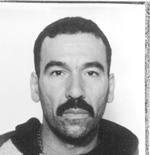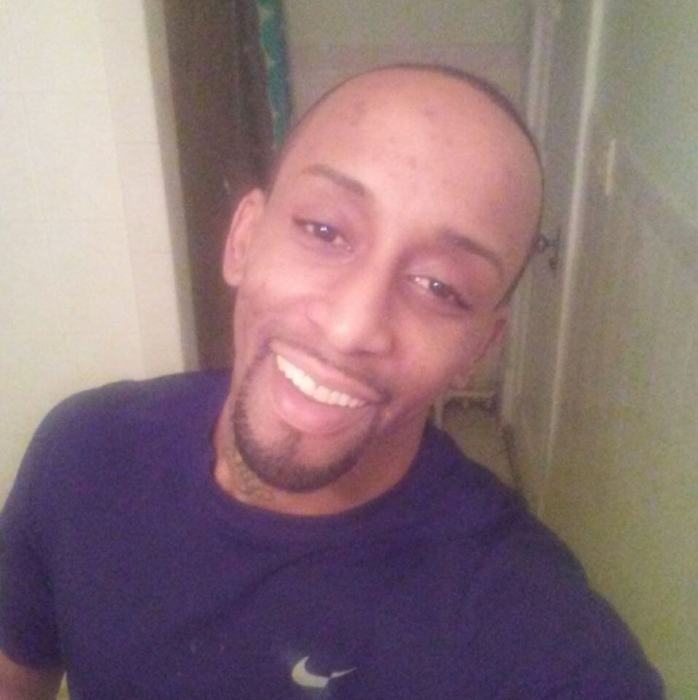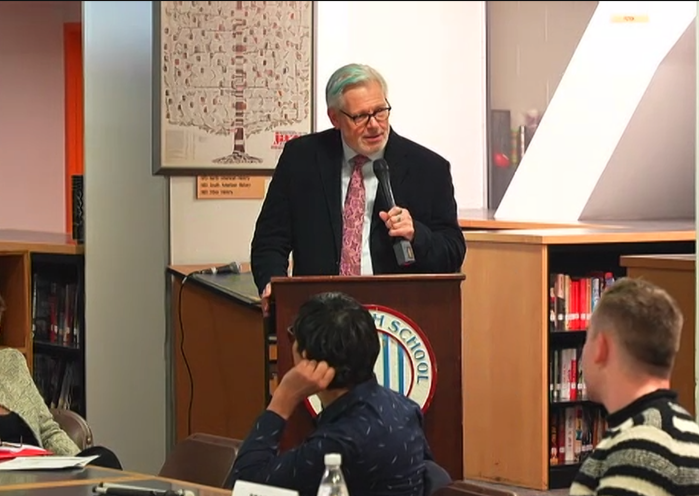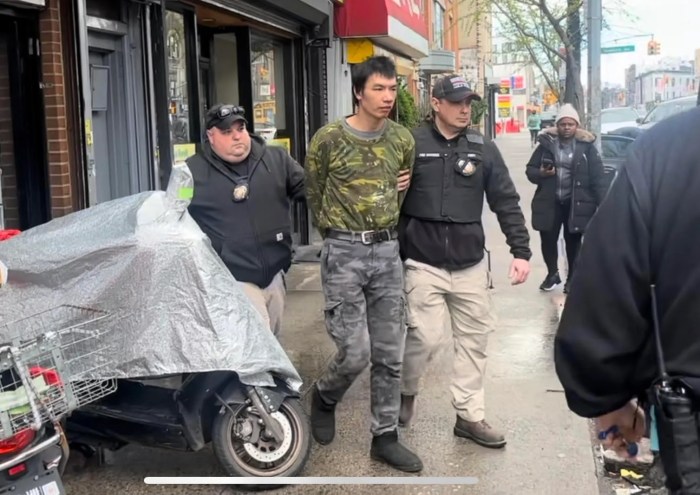Richard Rogers, gay Staten Islander, guilty in ’92, ’93 slayings, suspect in three others
After deliberating for just three hours, a New Jersey jury found Richard W. Rogers guilty in the 1992 killing of Thomas R. Mulcahy and the 1993 slaying of Anthony E. Marrero.
“I’m glad he’s off the street,” said William J. Heisler, the executive assistant prosecutor in the Ocean County Prosecutor’s Office, who handled the case.
The verdict came on November 10. Heisler presented 33 or 34 witnesses during the four-week trial and a great deal of evidence.
“There was a lot there,” he said. “I’d like to think we presented it in such a way that it was understandable.”
The dismembered remains of the 57-year-old Mulcahy were found in two locations in New Jersey and the remains of the 44-year-old Marrero were also found in New Jersey. Police never determined where the killings took place.
The men were among four murder victims, believed to have been killed by Rogers, who were last seen either in Manhattan gay bars or near the Port Authority bus terminal on 42nd Street. Rogers is also the primary suspect in the murder of a gay man in Florida.
At his January 27 sentencing, Rogers, who was found guilty on two murder counts and two counts of hindering apprehension, could get two consecutive life sentences. Rogers, 55, would be eligible for parole only after serving 30 years on each sentence, giving him a 60-year minimum.
The prosecution won a significant victory in September when James N. Citta, the New Jersey Superior Court judge who presided on the case, ruled that Heisler could present evidence at the trial on the murders of the other two men last seen in Manhattan. The jury saw evidence on the killings of Michael Sakara, 55, whose remains were found in New York in 1993, and Peter Anderson, 54, whose body was found in Pennsylvania in 1991. Rogers has not been charged in either case.
Rogers’ fingerprints were found on the bags holding the Mulcahy and Marrero remains. The bags and other items found with the remains were sold or used at stores on Staten Island where Rogers lived. Rogers’ fingerprints were also found on the bags that held Anderson’s body, but not on the bags that held Sakara’s remains.
The prosecutor argued that all four were stabbed, had ligature marks, “were packaged similarly in plastic garbage bags,” had been “washed and contained almost no blood,” and that the dismemberments were “virtually identical.” The cause of death in all four cases was either stab wounds or a blow to the head.
The case of Sakara was the only one in which a witness saw Rogers with a victim. The witness who saw Sakara and Rogers together in a Greenwich Village bar just hours before Sakara’s body was found linked the two men. That witness, who knew both men, came forward only after Rogers’ 2001 arrest.
“In my personal view, I thought from the very beginning of this case that the fingerprint evidence, his fingerprints on bags containing dead bodies obtained over two years, was pretty compelling,” Heisler said. “Then you couple that with the last victim, Michael Sakara, who was seen together with Rogers 27 hours before he was found and the word coincidence doesn’t even come into play.”
The Citta ruling was vigorously opposed by the defense, which argued that it was prejudicial because it portrayed Rogers as a serial killer. The concern was that the jury would convict him on that basis and not on the evidence.

“I think that’s exactly the message that the evidence sent and that the jury received, “ said David A. Ruhnke, Rogers’ attorney. “I think that was an enormously prejudicial decision by the judge and whether he was legally correct in making it is going to one of the primary appellate issues.”
Ruhnke said the fingerprint evidence was very hard to overcome.
“I certainly understand the reason for the jury’s verdict,” he said. “There were a lot of fingerprints associated with the crime scenes. I hope they are right and they haven’t convicted an innocent man.”
The New York City Gay and Lesbian Anti-Violence Project hailed the verdict.
“We think that this is a good thing,” said Clarence Patton, the agency’s executive director. “A lot of people have been waiting quite a long time for some justice. We really hope that this will open the door for some justice in the other cases that have been tied to Rogers.”
Rogers’ arrest came after investigators compared his fingerprints to those in the 1973 murder of 22-year-old Frederic Spencer in Maine. Rogers, who was tried and acquitted in that killing, was college roommates with Spencer. The investigation into the Mulcahy, Marrero, Anderson, and Sakara homicides was unsuccessful until 2000 when a 14-member task force, that included investigators from New Jersey and New York’s Rockland County, had the garbage bags that held the remains analyzed in a vacuum metal deposition chamber, a new technology that can find fingerprints on smooth or non-porous materials. The fingerprints recovered were sent to law enforcement agencies in all 50 states for comparison, and the Maine prints matched in three of the four cases.
Rogers is also the primary suspect in the 1982 killing of Matthew John Pierrot, 25, in Florida. He was tried and acquitted in a 1988 assault and false imprisonment case involving a New York City gay man.
Assuming Rogers is a serial killer, the general view is that such people do not stop killing until they are caught or they die.
“There are indications that the guy has been at this at least since the man was in college and we hope that the time will come when he has to answer for all the things that are potentially attributable to him,” Patton said.
Richard Rogers (left), a gay man from Staten Island, has been convicted in the murders of Thomas R. Mulcahy (center) and Anthony E. Marrero, two of four slaying victims from the early 1990s to which Rogers has been connected and last seen either in Manhattan gay bars or near the Port Authority bus terminal on 42nd Street.
gaycitynews.com


































